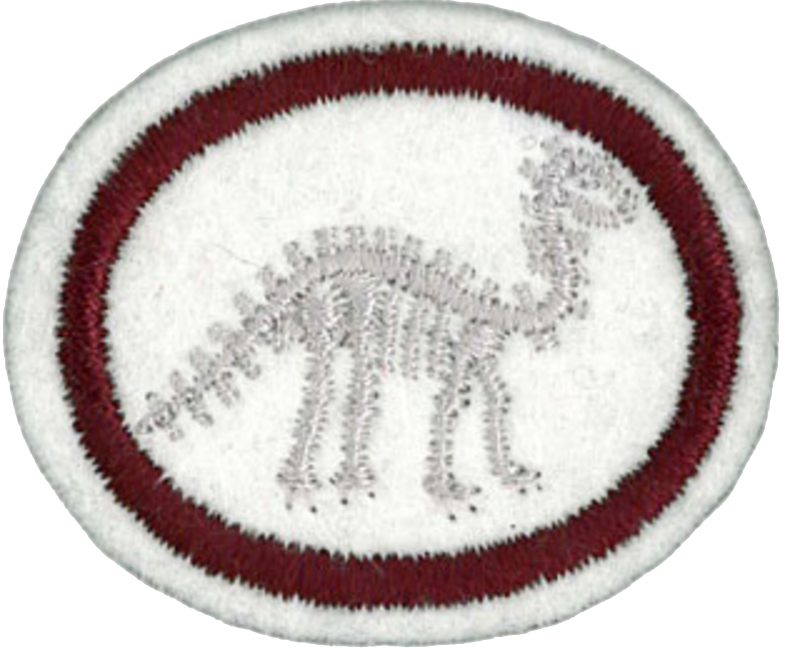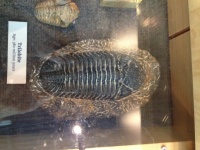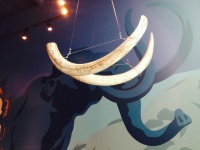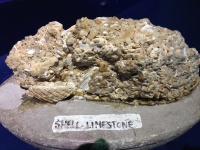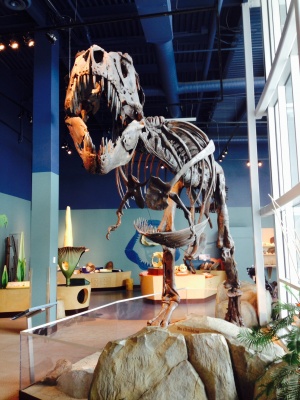Difference between revisions of "AY Honors/Fossils/Answer Key 2/es"
(Created page with "<noinclude>") |
|||
| Line 108: | Line 108: | ||
{{ansreq|page={{#var:reqpage}}|num=3}} | {{ansreq|page={{#var:reqpage}}|num=3}} | ||
<noinclude></noinclude> | <noinclude></noinclude> | ||
| + | <!-- 3. Explicar las características de las eras Paleozoica, Cenozoica, Mesozoica y Pleistoceno. Colocarlos en orden cronológico. Explicar por qué los creacionistas usan estos términos. --> | ||
<div lang="en" dir="ltr" class="mw-content-ltr"> | <div lang="en" dir="ltr" class="mw-content-ltr"> | ||
Revision as of 15:39, 27 March 2024
1
1a
1b
1c
Catastrophism is the idea that Earth has been affected by sudden, short-lived, violent events that were sometimes worldwide in scope.
1d
2
2a
2b
2c
2d
2e
2f
2g
3
The Paleozoic Era is the earliest of three geologic eras of the Phanerozoic eon. The Paleozoic era is defined by evolutionary geologists as spanning from roughly 542 million years ago to roughly 251 million years ago.
Lying between the Paleozoic and the Cenozoic, Mesozoic means 'middle animals'. It is often called the 'Age of the Dinosaurs'.
The Cenozoic Era is the latest of three geologic eras of the Phanerozoic eon. Evolutionary geologists define this era as having started about 65 million years ago, when the age of the dinosaurs ended.
The Pleistocene epoch on the evolutionary geologic timescale is the period from 1,808,000 to 11,550 years before present. The Pleistocene epoch had been intended to cover the world's recent period of repeated glaciations, or the Ice Age.
4
5
6
| De Historia de Patriarcas y Profetas, p. 98, 99 |
|---|
| Por doquiera yacían cadáveres de hombres y animales. El Señor no iba a permitir que permaneciesen allí para infectar el aire por su descomposición, y por lo tanto, hizo de la tierra un vasto cementerio. Un viento violento enviado para secar las aguas, las agitó con gran fuerza, de modo que en algunos casos derribaron las cumbres de las montañas y amontonaron árboles, rocas y tierra sobre los cadáveres.
En ese tiempo inmensos bosques fueron sepultados. Desde entonces se han transformado en el carbón de piedra de las extensas capas de hulla que existen hoy día, y han producido también enormes cantidades de petróleo. Con frecuencia la hulla y el petróleo se encienden y arden bajo la superficie de la tierra. Esto calienta las rocas, quema la piedra caliza, y derrite el hierro. |
7
8
8a
8b
8c
Most museums of natural history will have a fossil collection, and even small museums are likely to have a few. If you do not know of such a museum in your area, the Internet is your friend. Try searching for "fossil," "museum," and the name of your locality. If you are still unsure, get a list of local museums and call them. They will be happy to tell you if they have fossils on display, and if they do not, they may be able to direct you to a museum that does. Also not all museums are called a museum. The T Rex and some other fossils shown here were photographed at Science World in Vancouver.
After the visit, have your Pathfinders either write their reports or present one orally. This would be a great topic for worship during your club's opening exercises, or during a campout.
9
Fossils are found in many places where sedimentary rocks, such as claystones, shales, limestones, and sandstones, are exposed. Only certain sedimentary rocks harbored the appropriate environmental conditions to preserve and yield fossils, which are often concentrated along particular bedding planes within the rocks.
10

